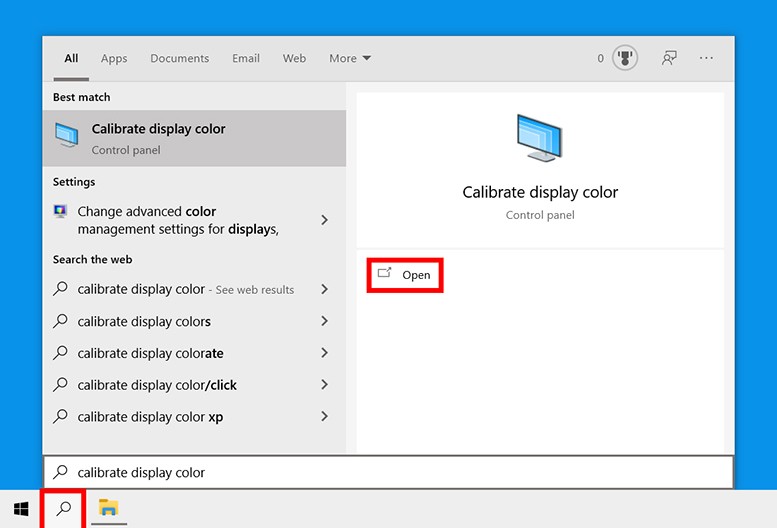
My personal preference is to avoid relying on the monitor controls. Calibrating for printer output is a whole other topic that requires its own article. But then you have to worry about the color settings on the printer. If your printer is the target device, you may want to set a higher color gamut, depending on the printer model. If you’re mostly editing photos that go up on websites, good old sRGB works just fine, even though it’s “only” 78 percent of the NTSC color gamut.
#Dell monitor calibration software photoshop windows 10 windows#
I’ll give you a closer look at the advanced Windows display control panels shortly.Ī good rule of thumb is to set your monitor’s color gamut to match your target output device. If that’s the case with your monitor, you need to use Windows’ display controls to adjust the color gamut. Although many models let you set your color gamut of choice in their on-screen menus (aka on-screen displays), some high-end 30-inch monitors have no built-in video-processing chip. You often see higher-end monitors touted as having wide color gamuts. The point isn’t to focus on the LCD tech as much as it is to pay attention to better color depth. Both technologies are more costly to manufacture, but you can find relatively good, 24-inch IPS-based displays for around $400. Most of the higher-end displays that support 8 bits per pixel use either a version of IPS (in-plane switching) or some flavor of PVA (patterned vertical alignment).

A few monitors capable of 10 bits per pixel are shipping now, too. That’s why, if you’re looking at an image with finely shaded color gradations, you may see color banding.Ī dramatic example of color banding illustrates how important it is to own a monitor with better color depth.You really want a monitor with a color resolution of 8 bits per pixel, since such a display is capable of showing over 16 million simultaneous colors. Such displays simulate higher color depths via dithering–a process that digitally simulates greater color depths than are really available. With three pixels representing the red, green, and blue primary colors, this means the number of simultaneous colors on screen is limited to 262,144.

The response time of TN displays can be fast, but most of these monitors are limited to a color depth of 6 bits per pixel. Most low-cost LCD screens use TN (twisted nematic) technology.


 0 kommentar(er)
0 kommentar(er)
